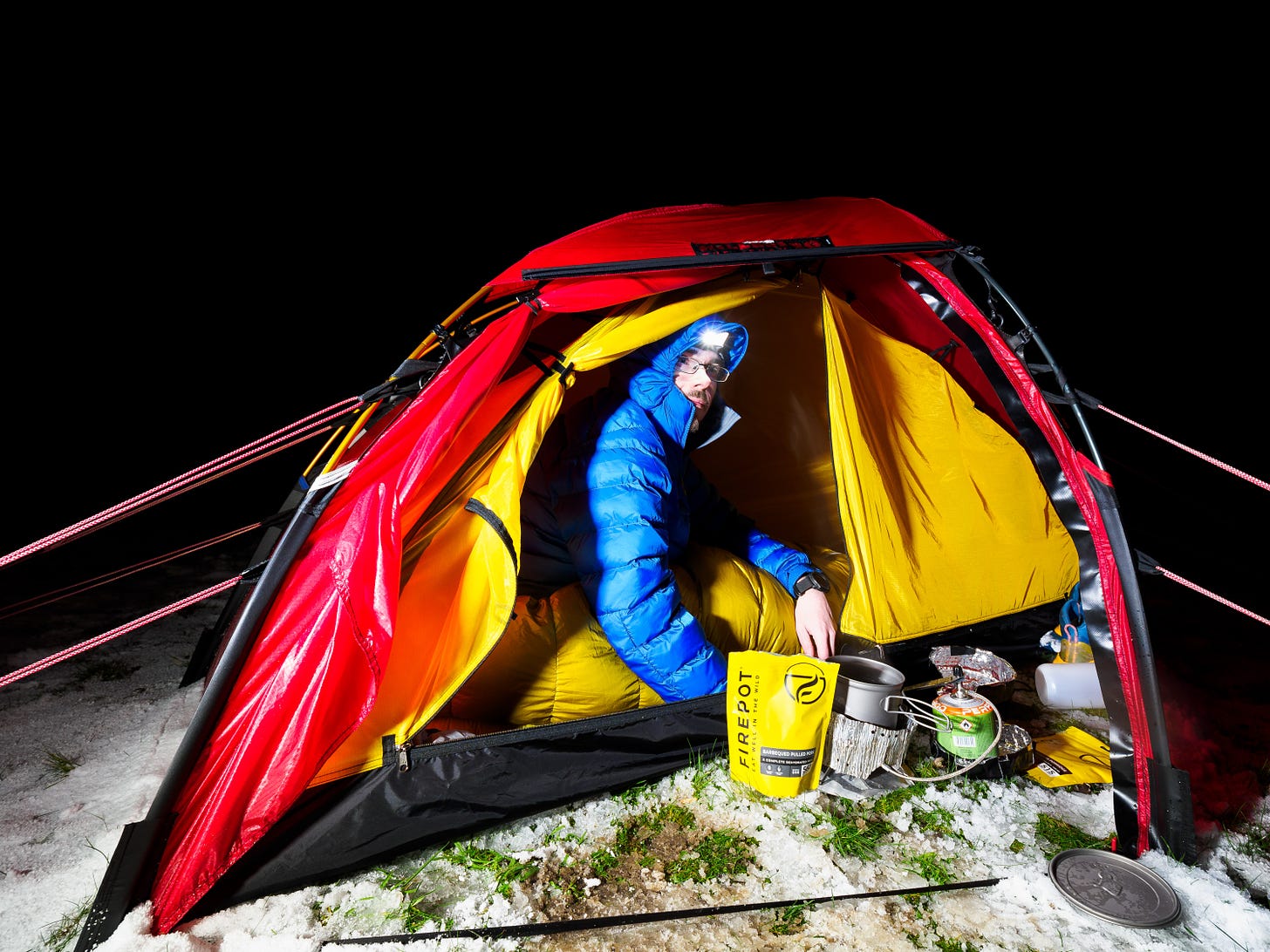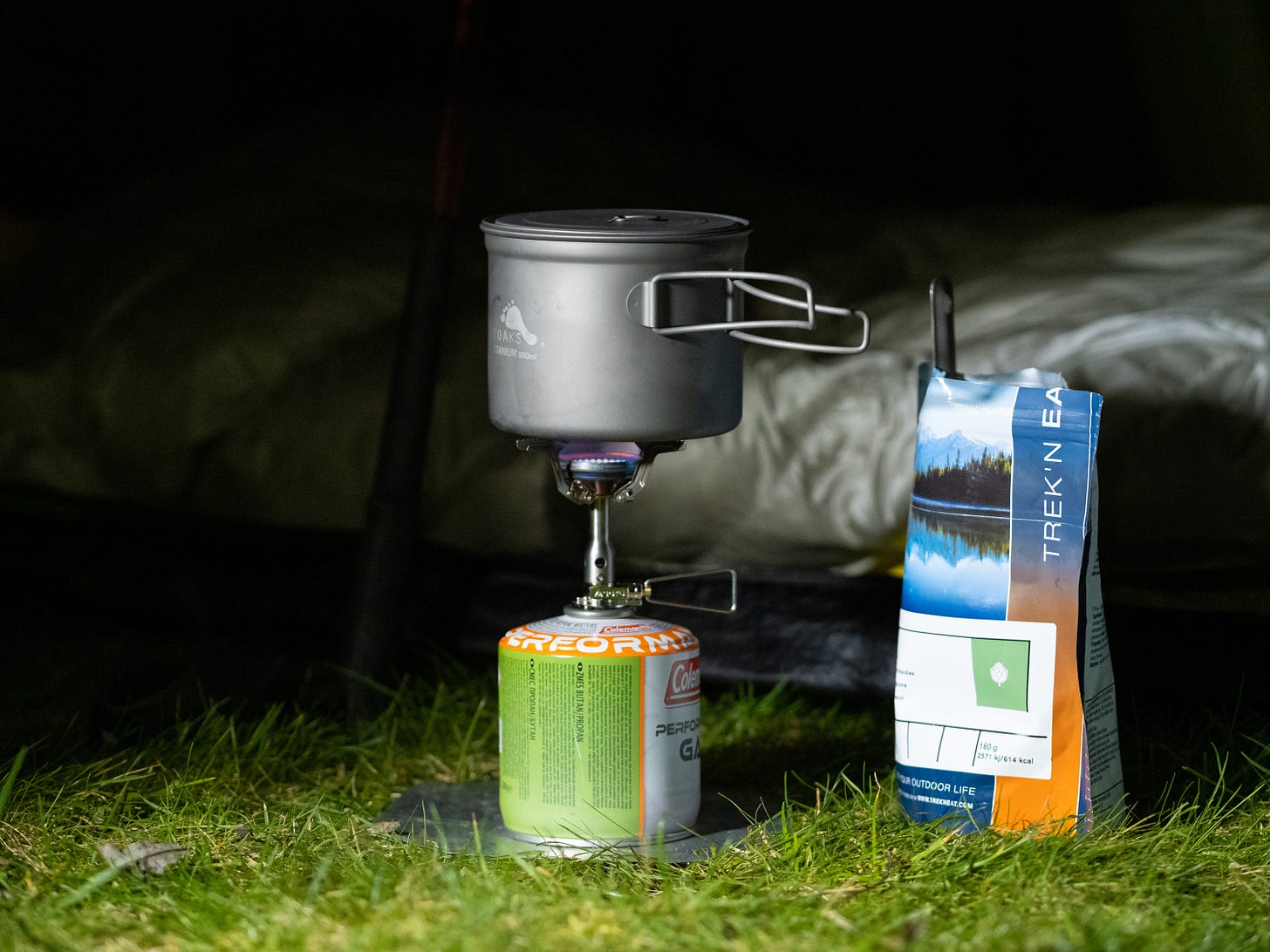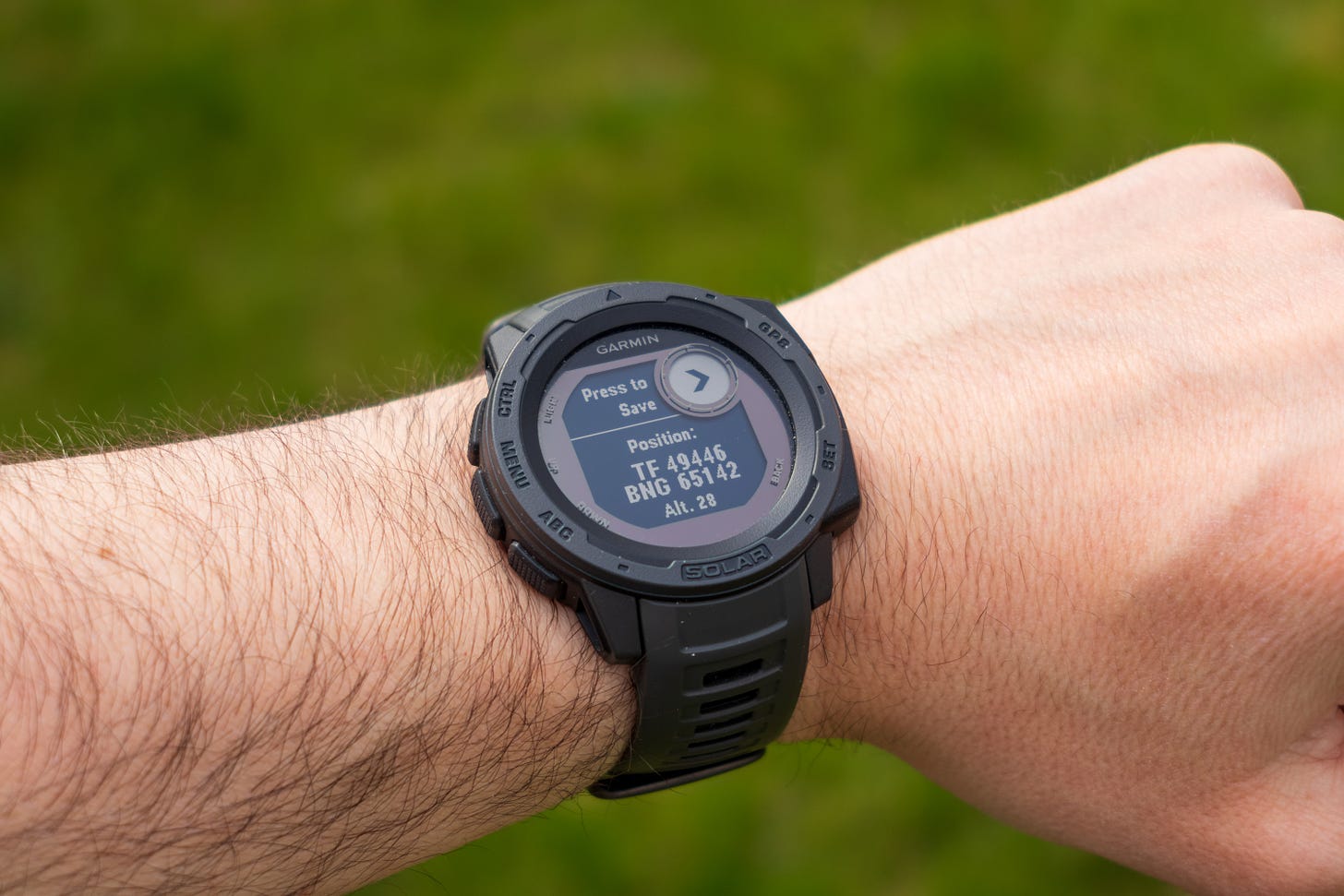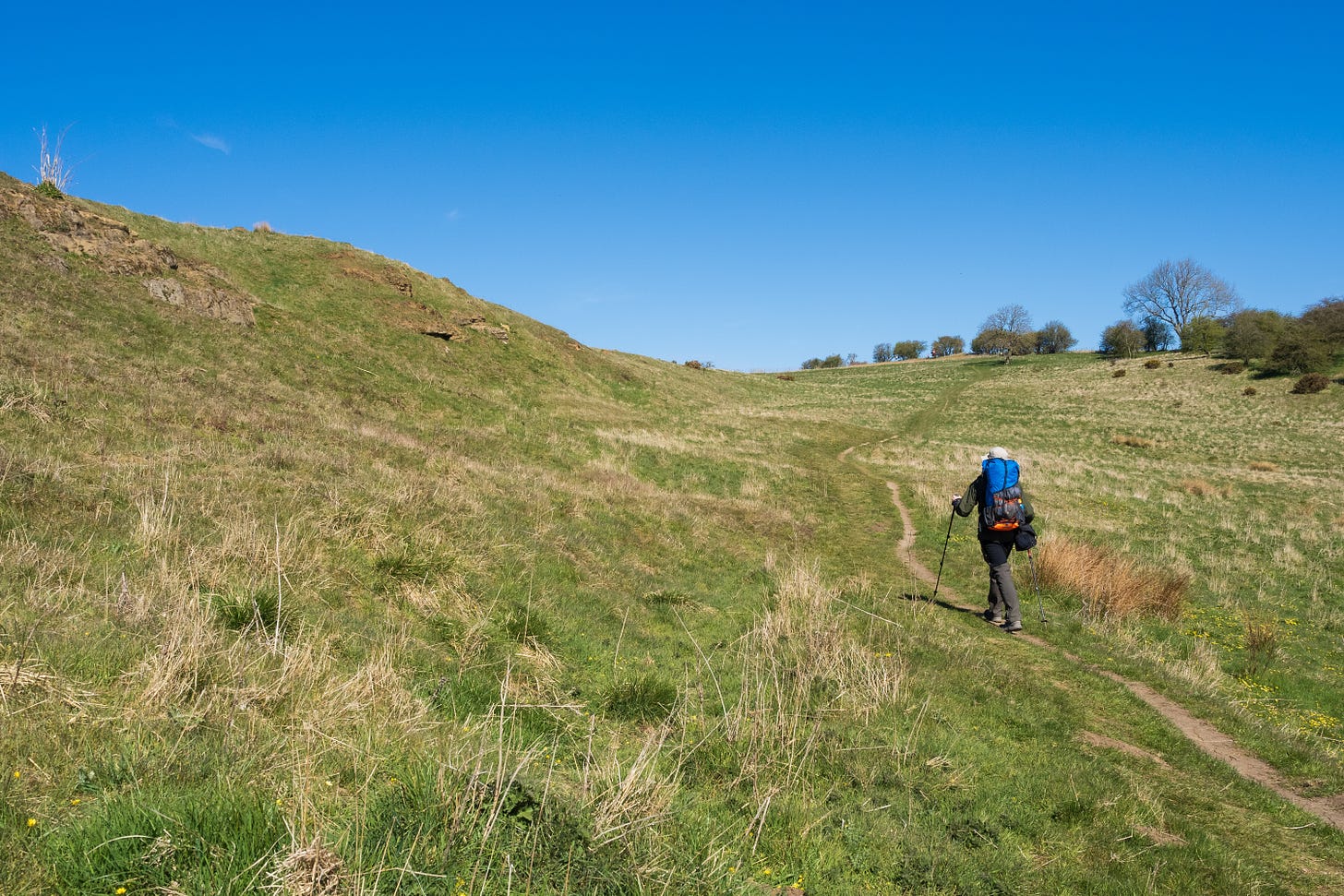Behind the scenes: gear testing for TGO magazine
A few insights into what goes on behind the scenes gear testing for a major outdoor magazine.
This week on The Pinnacle I’d like to offer a few insights into what goes on behind the scenes gear testing for a major outdoor magazine. This can be a somewhat opaque process from the outside, so perhaps this will be of interest.
Background
First of all, how did I get into this work? I have been doing one-off gear reviews for various publications since 2008. Initially these were by invitation and always coordinated by the publication’s editor, who would liaise with the PR firm representing the brand and then arrange for the gear sample to be sent to me for testing. Later, when I became more experienced and started doing reviews more regularly, I’d request items of interest directly from the PRs – usually when I had a specific project in mind that I thought the item would be good for.
Unless a brand does their own PR work, it’s usually pointless to contact the brand directly to ask for kit to review. Such requests will almost always be ignored. You have to find out who handles review requests at an external PR firm and then contact that person.
In the vast majority of cases, there is no payment for a gear review beyond getting to keep the item itself (although in some cases, especially for expensive items, you have to send the sample back). Gear reviews are not sponsored by the brand – if money changes hands then it’s an advertorial and must be handled very differently – and impartiality is very important. This is a key reason why I’m not sponsored by any brand.
However, in some cases the publication itself will pay the reviewer for the review. Comparative reviews in print issues of The Great Outdoors (TGO), pitting a bunch of similar products against each other and then selecting the best for different requirements, fall under that category.
The 2021 TGO gear schedule
In 2021, TGO has an expanded gear-testing team. While Chris Townsend (gear editor since 1991) is still taking on a big proportion of the work along with Judy Armstrong, I have joined the regular team alongside David Lintern and Lucy Wallace. Between the five of us, we’re handling the gear schedule for 2021.
The first task was to divide up the work between us. Every year, gear categories such as tents, waterproof jackets, winter hardware and more all have to be reviewed. The editor, Carey Davies, asked us all which categories we’d like to handle. Mindful of COVID-19 restrictions that would likely prevent me from getting to the mountains as often as I wished, I asked for products that I could effectively test at home in the rolling hills of the Lincolnshire Wolds (no ice axes or crampons).
This year I am handling the reviews for dehydrated backpacking meals, GPS watches, and men’s waterproof jackets and down jackets. My deadline for the down jackets review isn’t until late November, which will give me plenty of time to test them in the mountains, but the other items all have much earlier deadlines.
Once the product categories were assigned, a group email was sent out to all of the PR contacts we work with to announce the gear schedule and introduce the new expanded team. PRs were invited to contact the relevant reviewer directly to suggest products. We also made use of this same database of PR contacts to approach them ourselves if we wanted to request specific products for the review (for example, if we’d heard about a new release).
The backpacking meals test
For the backpacking meals test, covering specialist dehydrated outdoor meals, I reviewed products from Expedition Foods, Firepot, and Trek ‘n Eat. In a normal year, I’d carry these meals on a multi-day backpacking trip and eat them at the end of a hard day in the mountains. However, I wasn’t able to do this due to lockdown, so I had to do the next best thing: camp in the garden and pretend that I was on the trail.
In my review I was looking for flavour, quality of ingredients, satisfaction factor, salt/additive content, and convenience of packaging. In addition to the basic specs for each product (price, weight, weight, allergens, vegetarian/vegan), I also included the following information in my review:
Calories/g
Calories/£
Time to hydrate
These are factors you don’t often see in meal reviews, but it is useful information to know. Weight-conscious backpackers on highly ambitious trips often want to maximise calories per gram. Backpackers on long trips, or on a budget, look for value for money. And nobody wants to wait too long before they can enjoy their meal.
In a way, my lockdown-compliant review was perhaps a more useful test than taking these meals out on the trail. Anything can taste good when you’re hungry and tired at the end of a long day, but in the comfortable and well-fed environs of home I think I’m slightly more discriminating.
The review wasn’t quite as tame as you might think. My Alpkit Koro stove decided to turn into a fireball due a faulty O-ring, and without some quick thinking (I hurled the stove out of my tent porch and buried it in snow) my tent might have gone up in flames. Lesson learned! Always check your stove before lighting it.
My review is available to read now in the May 2021 issue of TGO.
GPS watches
This test is currently underway. I have been testing GPS watches for TGO since 2018, when I participated in the comparative review of outdoor watches that year.
This is a very difficult category of products to review competently because there are so many factors at play. The modern outdoor GPS watch is a fabulously complex miniaturised computer with hundreds of functions, only some of which will be useful to the hill-goer – but there are often countless trade-offs, frustrations, weird compromises, and hidden deal-breakers. Many of these factors only reveal themselves after extended use. Even as an experienced hillwalker and backpacker with a strong background in tech (Computing Science degree and card-carrying nerd) I still find these devices incredibly challenging to review.
However, they are increasingly relevant, and guidance on their use for hillwalking is at about that stage smartphones were at a decade or so ago. More and more people are starting to own them and appreciate their benefits, but not all models are suitable for hill use, and even for the ones that are, it’s hard to find advice on how to use them – or even why you might want to. Meanwhile, pioneers are pushing their capabilities and using them in ambitious ways that the rest of us don’t dare yet.
In general, though, most TGO-reading GPS watch customers want them to track their walks and give a bit of navigational help every now and again, plus maybe help them get fit. Some may also want notification and app support. Some people just want a basic watch that can give them a grid reference in a tight spot. Finding something that will do all this well for hillwalking – and reliably, and at an affordable price – can be a challenge.
Broadly, for our purposes, the market can be split into two categories:
Outdoor and fitness-oriented watches. Rugged, with an emphasis on battery life, fitness tracking, and (in some models) comprehensive outdoor navigation, often as good as a traditional handheld GPS. Smartwatch functionality will be rudimentary if present.
Smartwatches. These are designed primarily for urban or indoor use, acting as a sidekick to your phone. Outdoor functionality will be comparatively lean and may rely on third-party apps. Most have some form of fitness tracking at a significant cost in battery life.
Where the water gets muddy is that there is a huge amount of overlap between these categories, and it isn’t easy to tell which is which any more. Some devices are perfect for rugged mountain use; others aren’t. Others can be used on the hill for short periods or for limited purposes. It’s a complex picture. I decided to select watches primarily in the first category, and to largely ignore those that fit more comfortably in the second.
The first challenge was selecting the brands I wanted to represent in the review. Garmin and Suunto, of course – they are the dominant brands. Coros is an up-and-coming brand that offers an alternative to the established players. Casio, too, have their tremendously popular G-Shock line, and many models now feature GPS. What about the Apple Watch? I’m afraid I don’t have the necessary PR contacts – and, although many people use them for walking thanks to excellent app support, battery life is extremely poor and I am wary of recommending them to hillwalkers as navigation devices.
Actually sourcing samples is proving fraught at the moment for all sorts of reasons, but I have several of the watches in front of me and I have been using them for a range of short walks, short runs, and local backpacking trips. I’ve had them syncing to their various apps, I’ve been stress-testing battery life and sensor accuracy, and I’ve been loading and unloading GPX files to see how they handle common navigation tasks.
Work is ongoing. There have been a few surprises so far – and a few let-downs. I’m looking forward to publishing my findings.
Waterproof jackets
You’d think that testing waterproofs would be a piece of cake compared to the tangle of GPS watches, but you’d be mistaken. The first challenge is that, this year, we are doing a single test for waterproofs rather than different categories (ultralight shells, four-season shells etc). This means that it’s more important than ever to choose a good range of products at different weights, price points, and market categories. Different brands too, of course.
It took me a lot of back and forth to get there, but I now know which products I’m testing, and I have most of the samples in. The second challenge is that our weather has been extremely dry. My usual routine for testing jackets involves using them for my morning walks, plus longer hikes at weekends, but it has barely rained. Of course, you can learn a lot of value by walking in a jacket even if it isn’t raining – a not-uncommon occurrence in the high hills.
How is the fit? Does the hood move with the head? Do the arms ride up? Does it breathe well, and how do the ventilation options work? What about the pockets? These are all important questions, but we also need to look at value, the technical capabilities of the materials, workmanship, durability, the ethical provenance of raw materials and manufacturing processes, and much more.
Wetter weather is coming up in the forecast, so I’ll do my best to wet these shells out yet. In the meantime it has been interesting to get to grips with the different designs and materials.
I hope that this has proven interesting. Gear reviewing takes up a huge amount of time and headspace – probably far more than most people realise, and a good chunk of that time can be in the admin details, liaising with PRs and simply figuring out which products are the right ones to review. Then there is the challenge of getting samples, and that’s before testing even begins.
It’s unfortunate that we rarely get the chance to do really long-term reviews of these items. Sometimes I’ll take a product on a long-distance trail and review it when I get back, but it’s rare that a review comes out multiple years after a product was launched. By this point, of course, the market has moved on.
Thanks for reading!
Until next time,
Alex
If you’d like to support my writing and photography, you can buy me a coffee. Thank you!
If you enjoy my email letters or find them interesting, please tell someone else. Here is the signup link you can share: https://thepinnacle.substack.com






